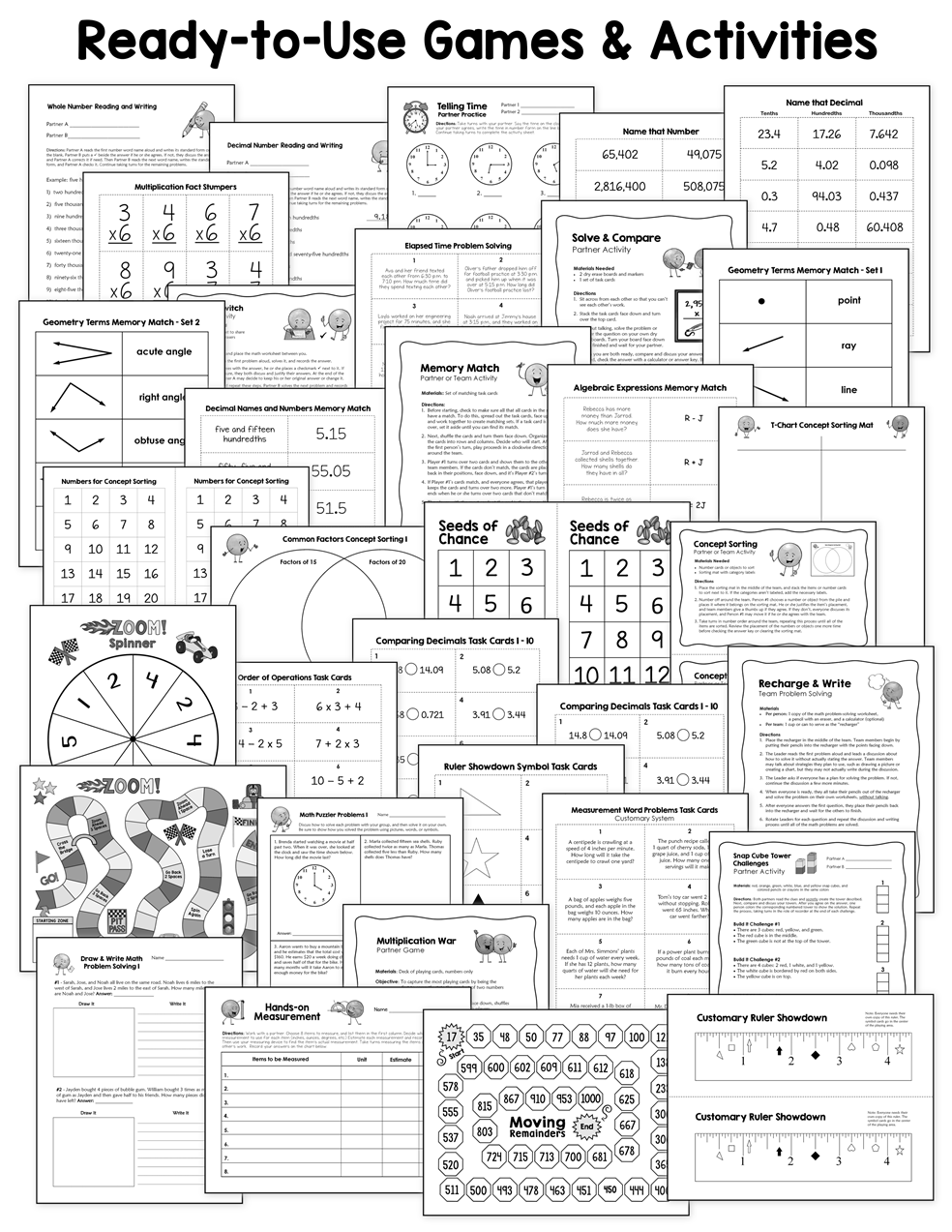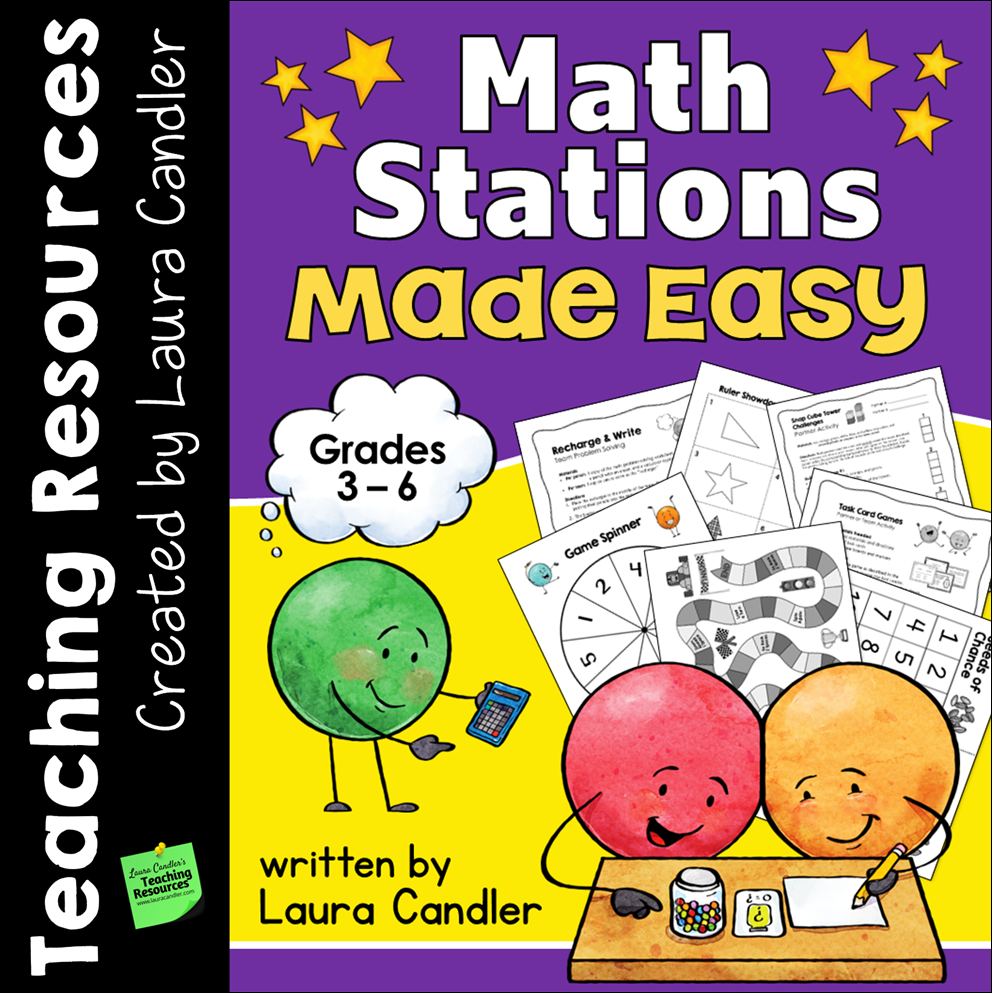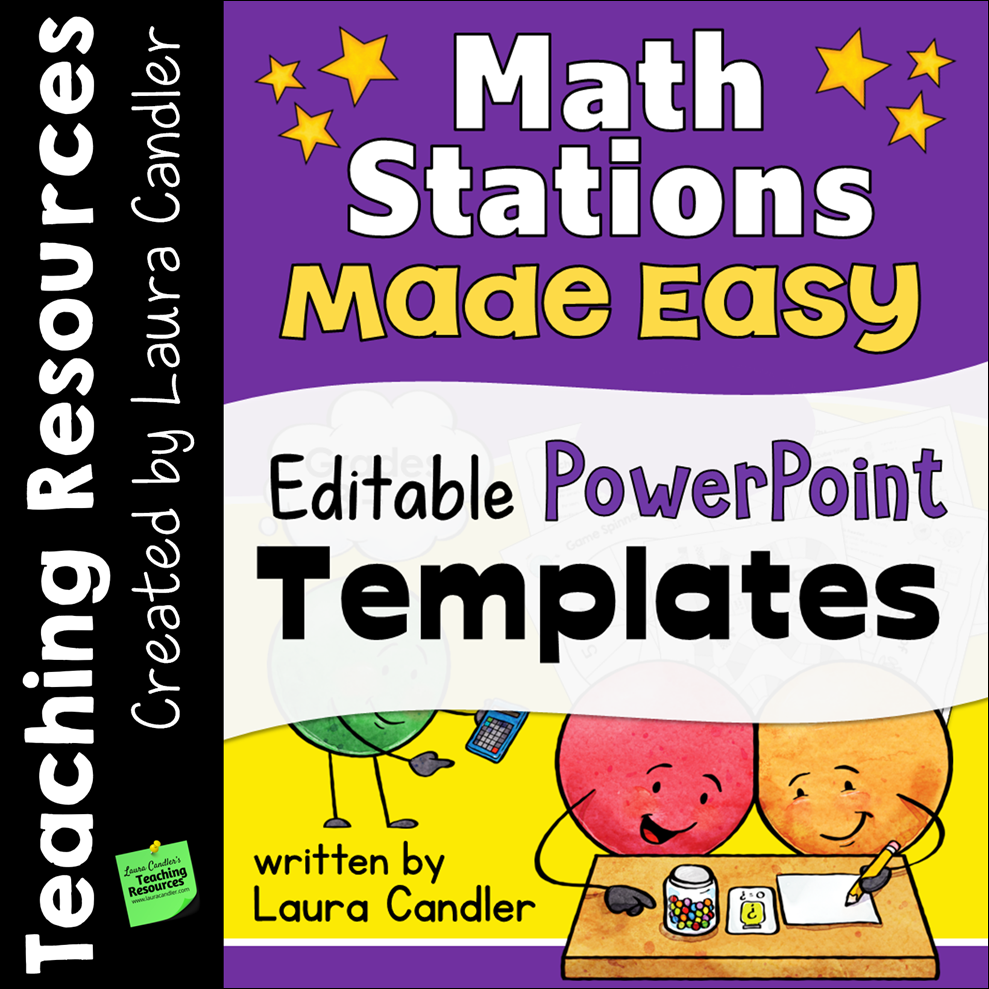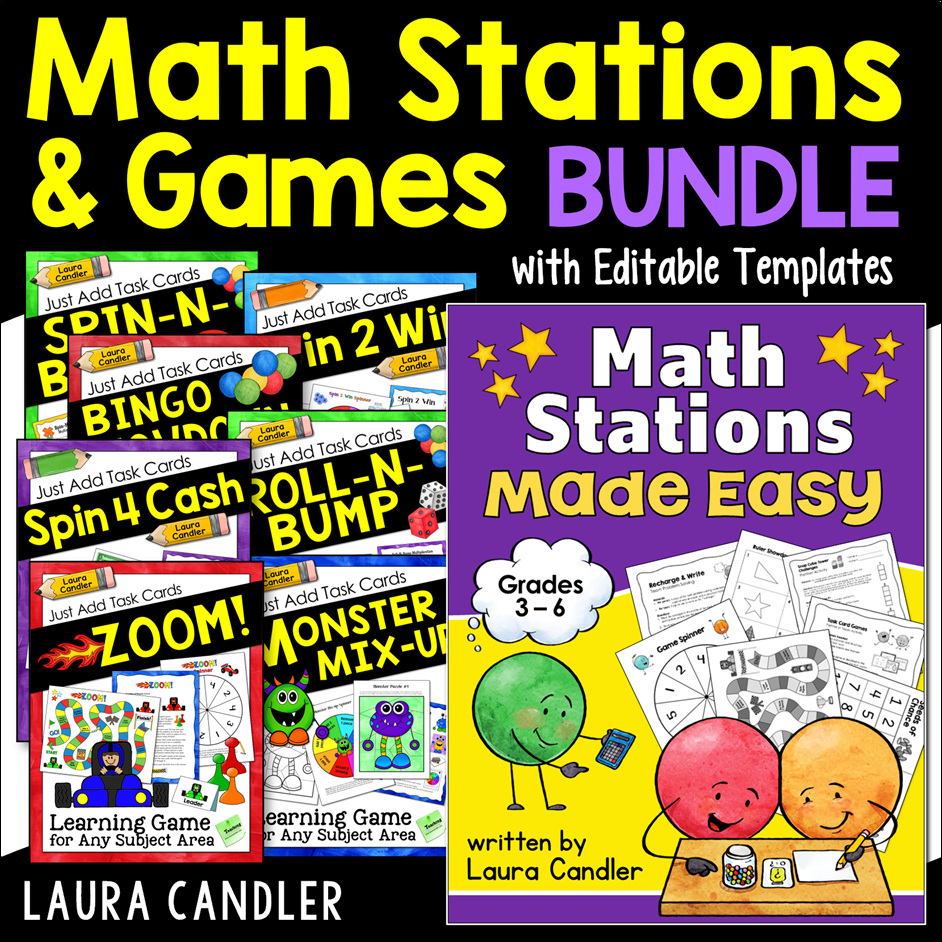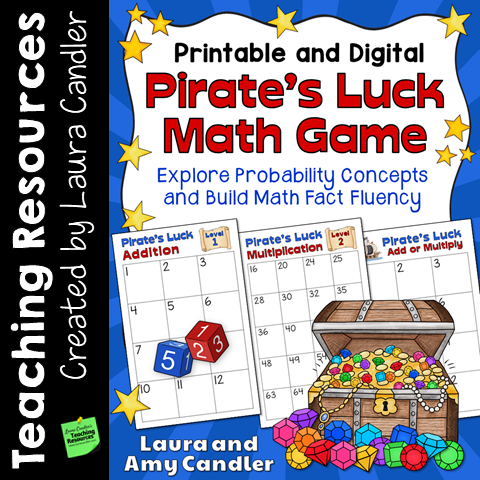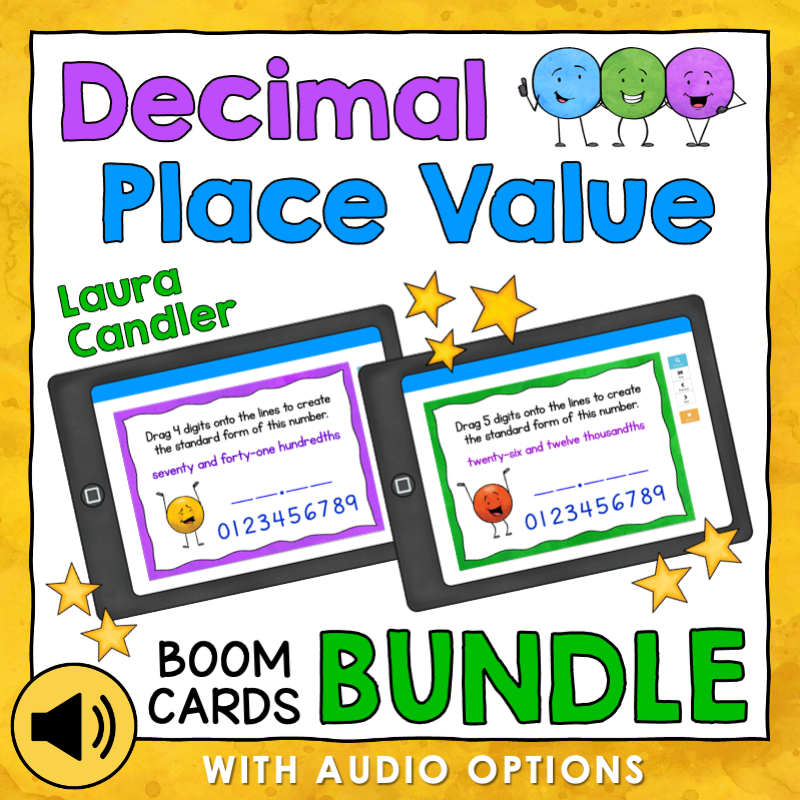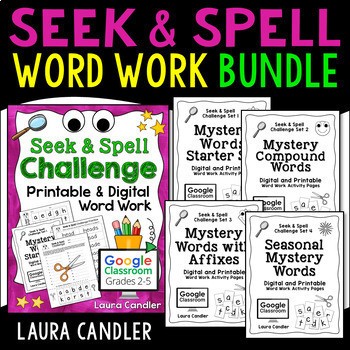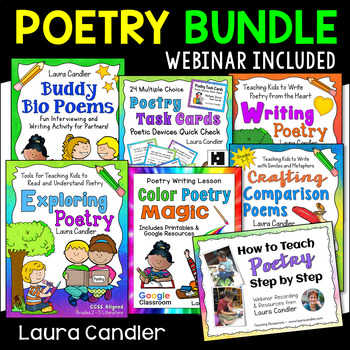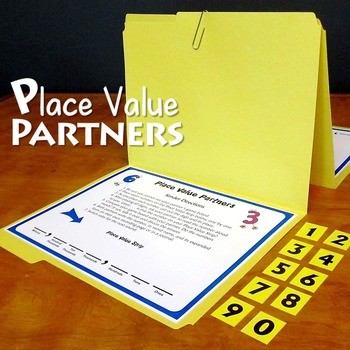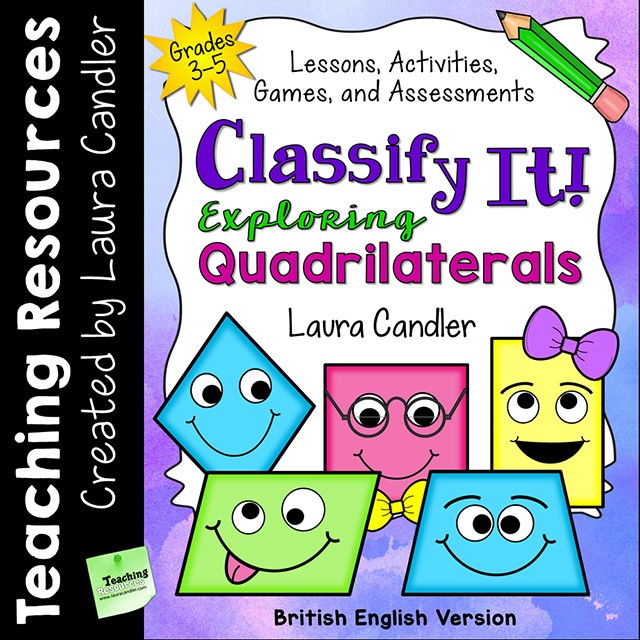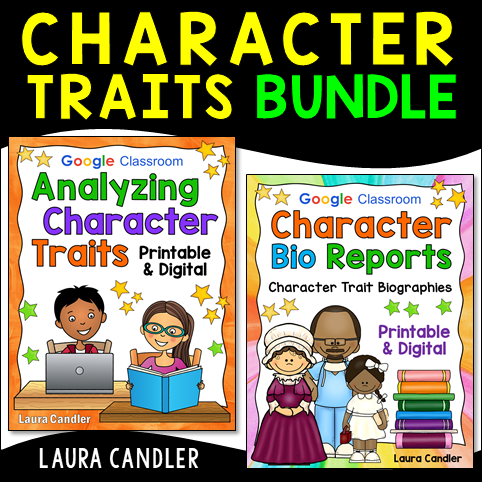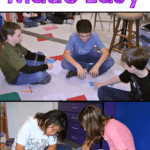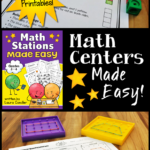What exactly is a math station? Before I implemented math stations in my 5th grade classroom, I envisioned them as elaborate “centers” around the room where students would go to play games or complete activities. But who has time to create those cute little centers? And even if we had the time, who has enough space in their classrooms to set up all those centers?!
Fortunately, I learned that math stations don’t have to be elaborate, complicated, OR picture perfect! Math stations, or math centers, can be nothing more than a set of directions along with the task cards or other materials for the activity. The best math station activities are highly engaging and often involve partners working together. The activities can be completed at a table, at a student desk, or even while sitting on the floor! As you can see from these pictures, that’s where my students enjoyed working.
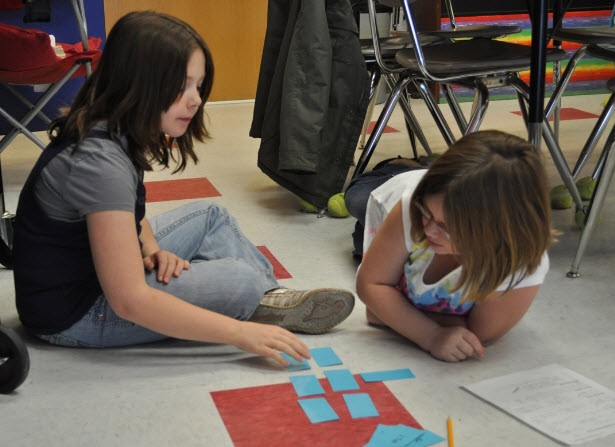
Why Implement Math Stations in the Upper Elementary Grades?
Differentiation is the buzz word in education, but the challenge is finding the time to plan and prepare activities that meet the needs of all of our students. Upper elementary students need differentiation as much as younger students, but figuring out how to differentiate can be a daunting task. Adding math stations to your instructional program can be an effective way of meeting diverse needs and finding the time to work with small groups of students on targeted skills.
Math Stations Made Easy
If you aren’t sure how to get started with math stations, you’ll find Math Stations Made Easy to be an excellent resource. I wrote it as a guide for upper elementary teachers who want to simplify the process of setting up math centers. This resource was originally titled Math Stations for Middle Grades, but when I revised and updated the book, I gave it a new title to highlight the simplicity of this approach. The updated version includes over 100 pages of activities, printables, and management strategies! You can purchase it alone or with editable templates of the task cards and selected resources. If you want a larger selection of ready-to-use printable task card games, the Math Stations and Games Bundle is just what you need!
Sample Pages from Math Stations Made Easy
Click here for a PDF preview of Math Stations Made Easy.

What You’ll Find in Math Stations Made Easy
- Chapter 1 (15 pages): descriptions of 3 different types of math stations, management ideas, templates, and forms for getting started with math stations
- Chapter 2 (57 pages): step-by-step directions for 8 core strategies that you can easily adapt with your own math content, including dozens of ready-to-use printables that you can adapt for almost any type of math content
- Chapter 3 (22 pages): 10 content-specific math games and activities like the Target Number Challenge game shown here
- Additional Resources: folder with additional printables and resources making math stations easy to implement
What are some activities to use with Math Stations?
Math Stations Made Easy includes over 2 dozen math games and activities in a variety of math content areas. You’ll also find blank printables for game cards. However, if you would like even more activities, including the directions, printables, and answer keys, you’ll want to purchase the Math Stations and Games for Task Cards Bundle. You can customize those games by adding your own task cards with specific math content.
Math Stations in Action!
These pictures were taken of my 5th graders as they were working in Math Stations. You can see their Math Station Logs in some of the pictures.
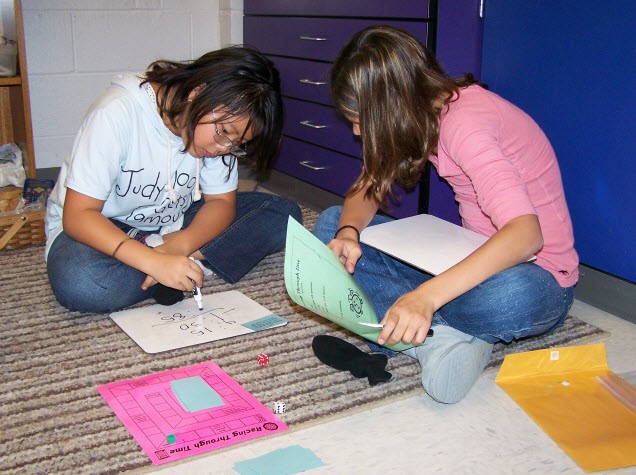 |
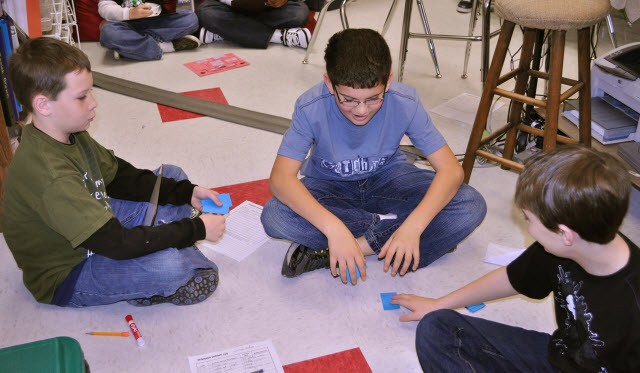 |
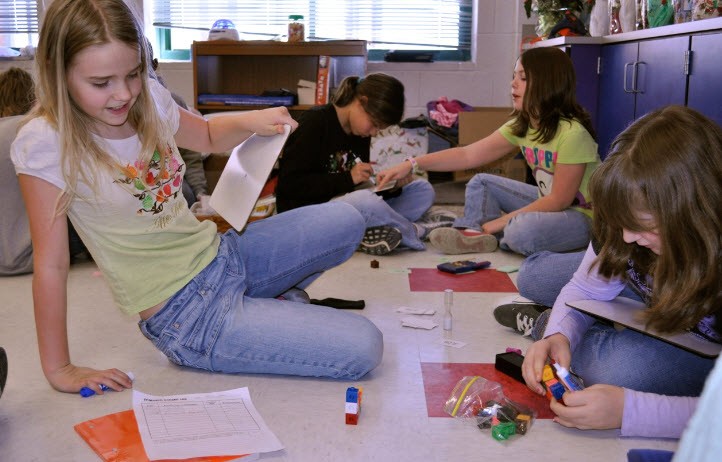 |
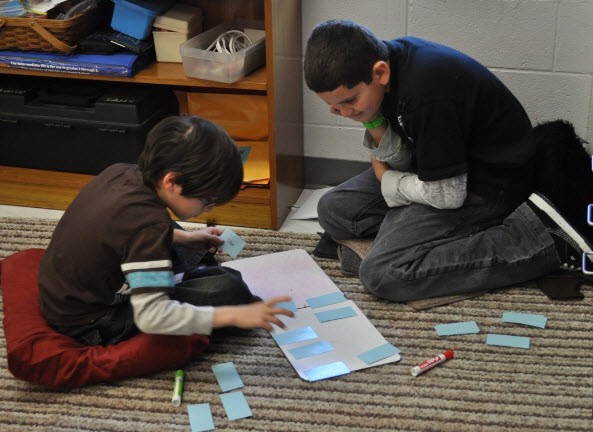 |

